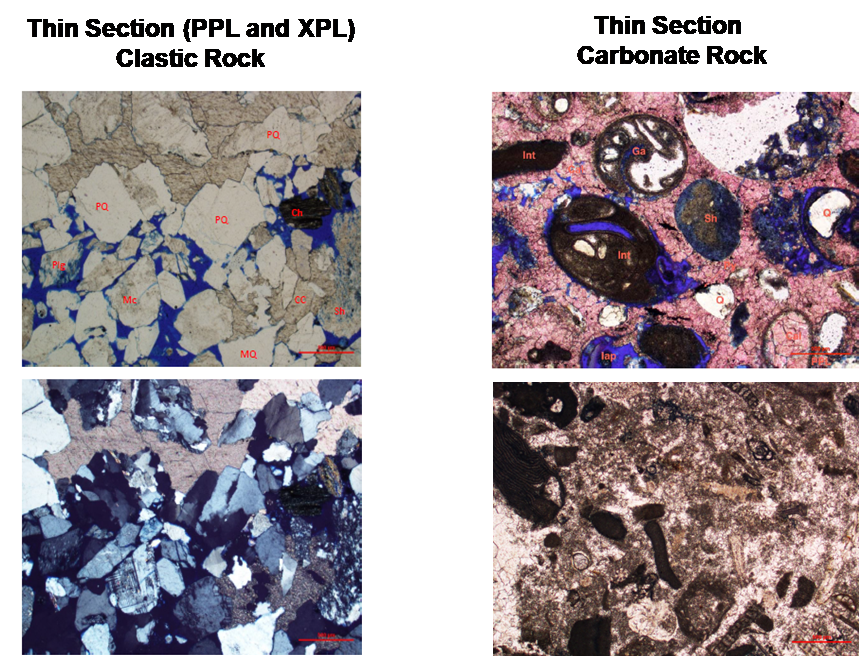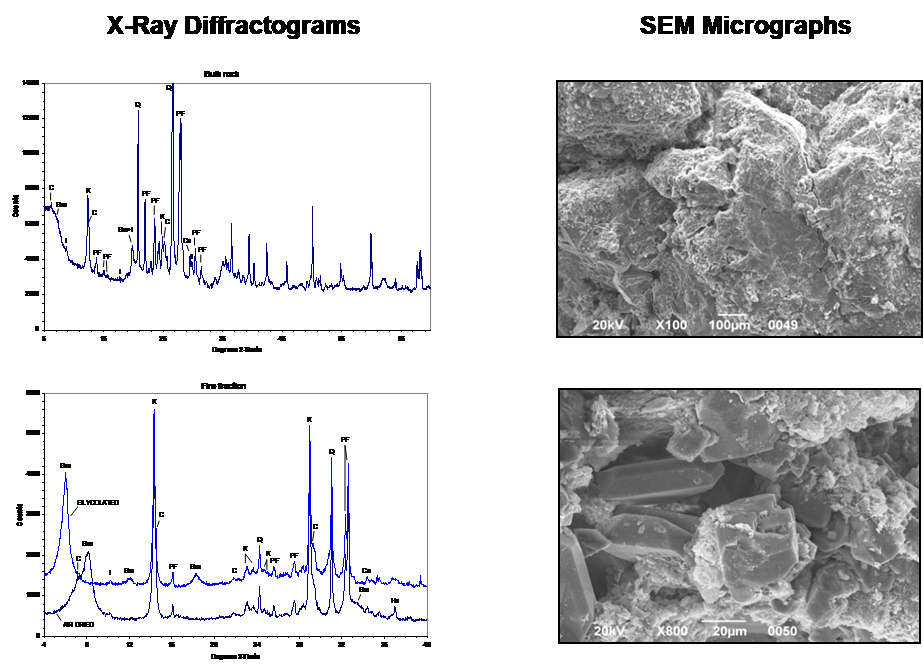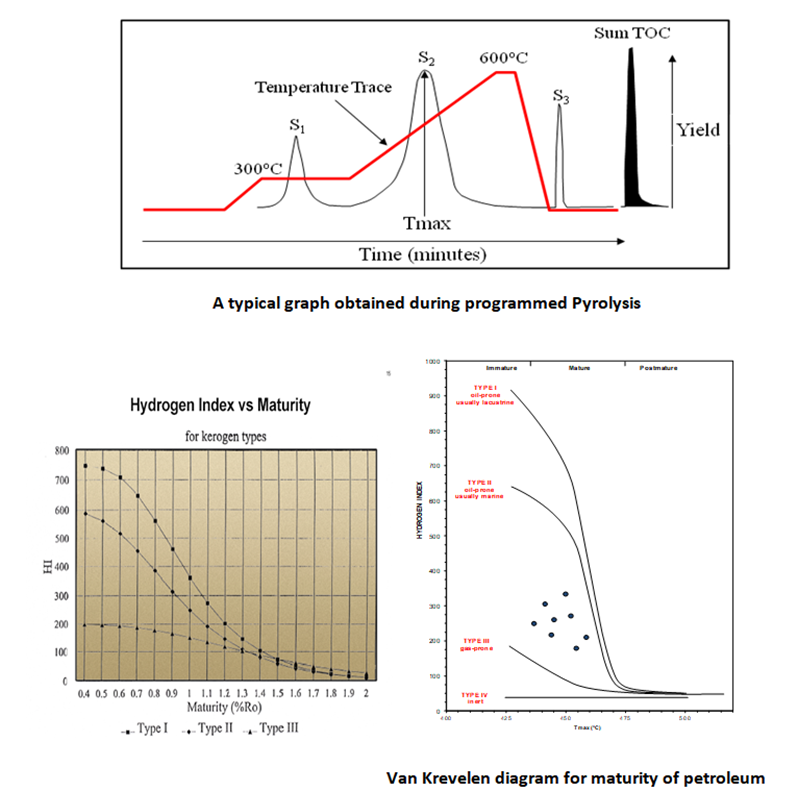Site Navigation
Oilfield expertise at your desktop
Coring & Core Analysis
Core Handling at Wellsite
Handling the core when it is out of the hole is the most critical and important part that have high implications during the core analysis. Improper core handling at wellsite can lead to number of issues for example if the foam injection is not done properly then chances of artificial fracturing or widening of the drilling induced fractures, loss of water and hydrocarbons are some of the major issues. We have specialised team of engineers and geologists to handle the core at the wellsite.
Core Analysis Studies
Core Analysis studies are conventionally divided into two parts viz. Routine Core Analysis (RCA) and Special Core Analysis (SCA).
RCA includes core receipt, inspection for damage during transport followed by core barrel chopping, core cleaning and core gamma for plug point selection. It is good to get a CT scan of the entire core to analyse the fracture patterns (classifying them artificial or natural to some extent) which will help in orienting the core for proper plug sampling. Plug sampling, plug cleaning using soxhelet chemicals like Chloro-methanol or Toluene. Some plugs selected for saturation will be cleaned using Dean and Stark method for oil/water saturation. Once the plugs are cleaned off from drilling muds and oil stains followed porosity and permeability measurements under ambient and overburden conditions. Plug sampling is followed by core slabbing is done based on client request (industry standard is 2/3:1/3 cut), photography under UV and white light. The slabbed core and plug offcuts goes for further studies like core description, petrography etc.
From the pool of available RCA plug samples we need to select a final set for analysis. Simply the samples need to be homogeneous, undamaged and representative. This final quality is derived through careful evaluation of the sample compared with reservoir/formation/facies/unit characterization, including FZI/RQI.CAPILLARY PRESSURE – Porous Plate / Pressure Equilibrium, Centrifuge & Hg Injection. We have capabilities to undertake the Special Core Analysis that studies include:
ELECTRICAL RESISTIVITY – Formation Factor, Resistivity Index, Multi Salinity CoCw.
WETTABILITY – USBM, Amott & Combined
RELATIVE PERMEABILITY – Steady & Unsteady State; Oil, Water & Gas inc ISSM.
CORE FLOODING – Critical Velocity, Fluid Sensitivity and Fines Migration.
ROCK MECHANICS – Pore Volume Compressibility etc
NMR – To calibrate & interpret data from down hole NMR tools & logs.
Sedimentological/Core Description Studies
Sedimentological services include core descriptions at various scales, ichnology, lithofacies interpretation, sequence stratigraphic analysis, and interpretation of depositional environment. Core descriptions can be provided on industry standard software (WellCad and Standard graphic logs with gamma ray and RCA data plotted on the same sheet for correlation. Core Fracture Analysis and detailed interpretation report.

Petrological Studies
Petrological studies include thin section descriptions, point counting, diagenetic history and reservoir quality assessment for clastic, carbonate, and mudrock (unconventional) reservoirs; illustrated with high quality annotated digital photomicrographs.
Cathodoluminescence analysis and mineral evaluations through specialized XRF analysis and XRD analysis used for log calibrations and clay mineral identification. X-Ray Diffraction Analysis (Bulk and Clay Fraction) for quantification and identification of minerals. Scanning Electron Microscopy (SEM) Analysis to study the reservoir/source rocks on micro-scale to nano-scale to evaluate pore geometry and mineral morphologies. We have capabilities and experts for integration of XRD, SEM, and petrography to fully evaluate all aspects of the reservoir. We have expert geoscientist and petrophysicist who possesses more than 15 years of experience in the entire Southeast Asia including Australia.


Biostratigraphic Studies
Organizing strata into distinct geological units based on their fossil content is key in any exploration regime where prospects of oil and gas can be evaluated by regional correlation. Reconstruction of geological history of sedimentary basins using available fossil fauna and flora needs expertise with years of experience in different basins. Biostratigraphic studies can be done on a range of samples that include SWC, drill cuttings and conventional core
Capabilities
Expertise available in different microfossil groups
- Planktic foraminiferal biostratigraphy: Cretaceous and Cenozoic
- Larger foraminiferal biostratigraphy: Cenozoic
- Nannofossils biostratigraphy: Mesozoic and Cenozoic
- Palynofloral biostratigraphy: Mesozoic and Cenozoic
Resources
- High-caliber Stereozoom & Binocular Microscopes
- Sample processing, computing, drafting and report preparation
- Excellent multi-microfossil database and library facilities
- Access to high-tech equipment including Scanning Electron Microscope
- Highly experienced Associates and proven Experts
Deliverables
- Relative geological age of both marine and non-marine sediments
- High resolution multimicrofossil bio-chronostratigraphy
- Paleoenvironmental & Paleogeographic determination
- Integration with sedimentological, geochemical / geo-scientific data
- Integration with Seismic & Sequence stratigraphy
Petroleum Geochemistry Services
These studies are one of the best screening tests for the presence of oil and gas. Sample required for the whole analysis is about 10gm. This analysis include Total Organic carbon and Programmed Pyrolysis that can be done on all kinds of source/reservoir rock representative samples including drill cuttings, side wall core samples and conventional core samples. The outcomes of the studies include Organic Richness (TOC, measured by combusting the sample at high temperatures), Kerogen type and oil or gas generating potential (measure by systematically heating the sample at specified temperature and environment, Visual Kerogen Typing). We have expert who has worked in the geochemistry lab in Australia and analysed numerous samples from almost all the major basins of Australia for a number of clients.

WHAT IS EXPECTED FROM GEOCHEMICAL ANALYSIS
| 1. ORGANIC RICHNESS | If the rocks contain enough OM to generate petroleum |
| 2. KEROGEN QUALITY | Oil, gas, condensate, both or neither |
| 3. THERMAL MATURITY | Have the source rock generate oil and gas |
| 4. ORGANIC FACIES | What types of oil or gas will the rocks generate |
| 5. OIL-SOURCE ROCK CORRELATION | Where are the source rock kitchens in relation to plays |
To discuss your coring ,core analysis and biostratigraphic challenges please contact us at support@oilfieldknowledge.com